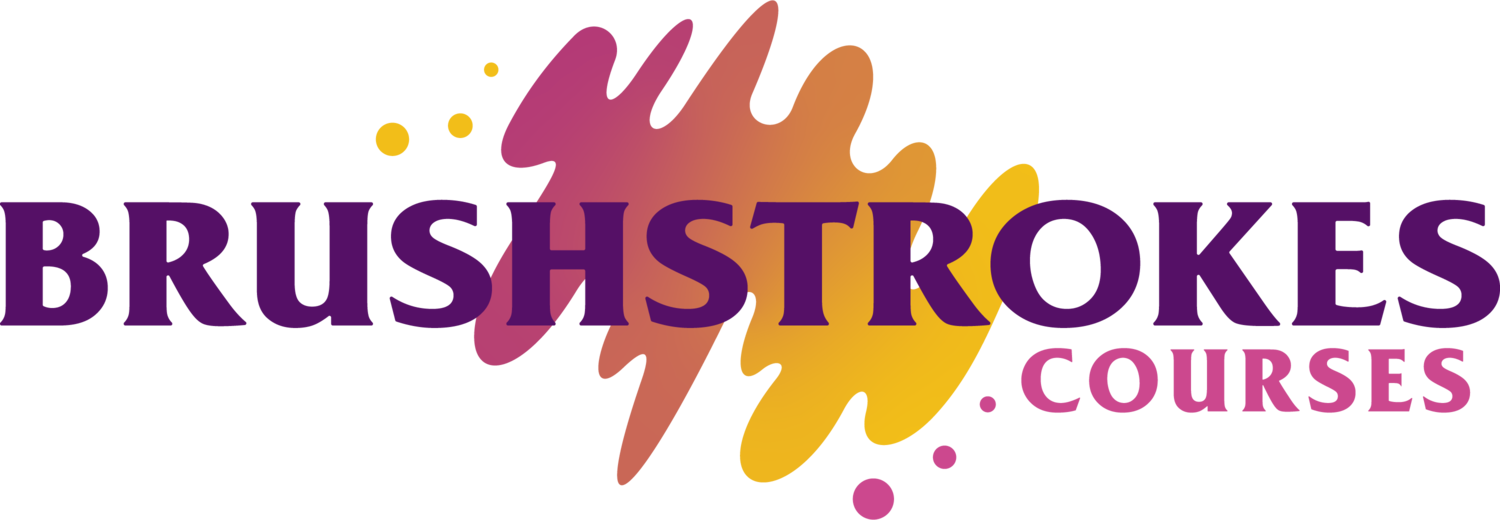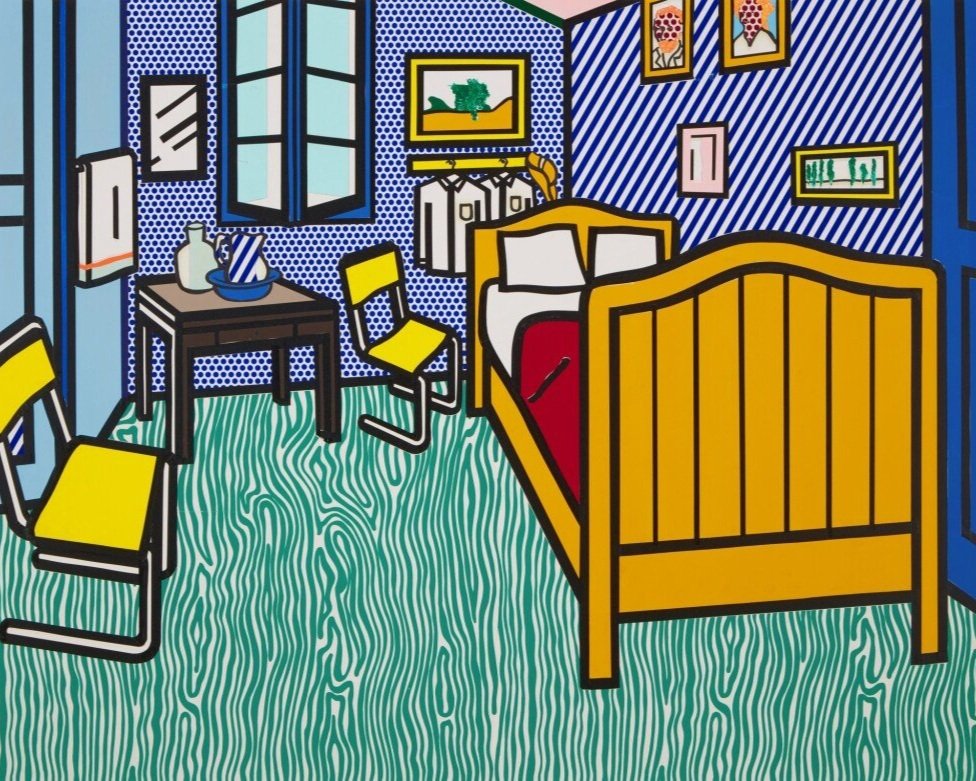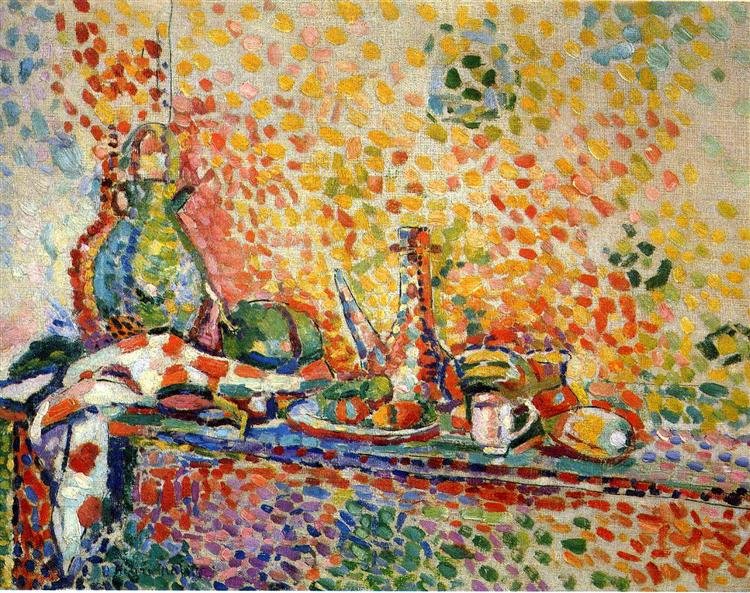10 Ways to Overcome Artist’s Block & Develop Your Style.
Finding a creative style to get you into that artistic flow can be challenging. With so many different processes, styles, media and tools out there it can be hard to find a starting point. That pause can build up our frustrations. We want to start, but that uncertainty of how to start gives rise to our inner imposter. That voice which tells us ‘Why start on anything, when you aren’t really an artist?’ ‘Why bother when someone else has probably already done the same subject matter?.’
The truth is that styles are not found, they are developed. What makes you unique as an artist, is YOU. You come to the blank page with your own set of unique experiences, history, culture, thoughts and ideas. Draw inspiration from the world around you, whilst expressing your own unique fabulous self.
So put the kettle on, grab a notepad to jot down ideas and enjoy these Top 10 tips on how to overcome a creative artist’s block.
If you find this list useful, we’d LOVE if you shared with us! We can be found on Facebook here, and on Instagram here..
Scroll Down For These 10 steps to overcome artist’s block:
Want to become more playful with your practice? - Experiment.
How to overcome artist block whilst developing your style - Conclusion
1: Remove The Pressure.
It’s okay to not feel creative all the time. 330 million of our cells renew over night, which means you physically not the same person you were yesterday, so give yourself a break. Allow yourself some self-care time to Netflix and chill, do some yoga, go for a walk, read a book, see a friend, or watch the world go by with a cuppa.
Rome was not built in a day and the greatest thinkers of our time have often had break throughs whilst giving themselves some time out. Albert Einstein famously wrote in ‘Seven Brief Lessons on Physics’ “You don’t get anywhere by not ‘wasting’ time.”
2: Research Artists.
Go to an Art Gallery, make a Pinterest Board, visit your local library or book shop.
Make a note of Artists work which catches your eye and why. What is it you like about their work? What style do they work in? What’s the subject matter? Are there any memories it reminds you of? Is there a theme which appeals to you?
Use these questions to start to unravel what it is you like from an art work, what it is you want to say and what it is you want to put out into the world.
Artists throughout history have been inspired by what other creatives have done before them. Pop Artist, Roy Lichtenstein famously drew inspiration from Vincent Van Gogh’s 1889 painting ‘Bedroom In Arles’, creating his own unique take on it in 1992 ‘Bedroom at Arles’. As long as you accredit those who came before, there’s nothing wrong with being inspired.
3: What Makes You, You?
What is it that YOU are interested in? What ideas, theories, ideologies or philosophies are important to you? What hobbies do you enjoy doing? What are the symbols or imagery involved that you can draw inspiration from?
If you’re working with subject matter that you are passionate about you are more likely to want to create something around it.
Somerset based artist, Emma Dibben loves nature, from visiting the coast to growing her own fruit and veg in her allotment. After studying illustration, she started to create studies using her grown produce with Watercolour Paint. Emma has now made her career by illustrating everything from ‘The Waitrose Essential’ Range to Cook Books.
4: Reference Images.
Start taking photos of objects, people (with their permission) or environments which inspire you. Capture a still life with objects which symbolise that thing or idea you’re interested in. Arrange a photoshoot with a model, or go to an event and request permission to take photographs.
You can play around with editing the images on your device or computer - change the colour, increase contrasts, brightness, or add filters until you come up with an image you want to work with.
Famous artists such as: Degas, Picasso, Gaugin, Lautrec, Cezanne, and Van Gogh have all used photographs as reference images for their work. Edgar Degas famously used images from Ballet Classes to create his beautiful paintings.
5: Experiment.
Play with creating work using your reference images in different styles and different media each time. Experiment by cropping into your work, or merging different images together.
Enjoy the freedom to experiment and play without having any expectation of what it will look like as a final piece. This time is for you to explore and enjoy the process.
Throughout history, artists have always kept sketchbooks to experiment with different ideas and create small studies which would later translate into their masterpieces, Frida Kahlo didn’t just write in her diary, she also drew in it, using the drawings later for her iconic paintings.
6: Refine.
Look back through the body of work you have created with experimentation. Which were your favourites? What medium was your favourite way of working?
Using your favourite pieces, sketch out three alternative designs.
Henri Matisse created two still life paintings between 1904 and 1905. The compositions are identical, but the styles are completely different. While the Still Life with Purro I is more classical, the second Still Life with Purro II, is more typical of the style with Matisse became known for.
7: Create.
Select your favourite design from your refined ideas above and create it on a larger scale! Remember that this is still one part of the process into developing your style - it does not have to be your final piece.
Lucian Freud painted over 5o self-portraits over his lifetime as a way to explore the medium of painting and composition.
Lucian Freud, Reflection (Self-portrait), 1985., Oil on canvas. 55.9 x 55.3 cm. Private Collection. On loan to the Irish Museum of Modern Art, IMMA Collection: Freud Project 2016-2021 © The Lucian Freud Archive / Bridgeman Images..
Courtesy of: https://www.royalacademy.org.uk/exhibition/lucian-freud-self-portraits
8: Self-Assessment.
Back in my days of school teaching, we encouraged students to learn how to self assess and reflect on their work and development.
Start by writing down three things you feel have gone well with your piece. What are the elements of it you like or are proud of? Which bits did you most enjoy doing? Are there any parts you feel you have improved on? Finally, write down two ‘Even Better Ifs’. What do you want to improve upon for next time? What are the areas you think you could change? Is there a different colour palette or alternative composition you would like to try?
Most importantly, don’t be too hard on yourself at this stage. Some days, creativity flows easier than other days as we bring our personal emotions and the days events with us to the canvas. Each work we create is an opportunity to learn and get excited about the next piece.
Despite all of Vincent Van Gogh’s mental health problems and constant peer criticism, over his 10 years as an artist, he created almost 900 paintings, and a further 1,100 works on paper – which means a new artwork every 36 hours (on average). Keep reviewing, exploring, reflecting and assessing - You got this!
Vincent van Gogh, Starry Night, Oil on Canvas, Saint-Rémy, France: June, 1889, The Museum of Modern Art, New York, New York, United States of America, North America.
Courtesy of: https://www.vangoghgallery.com/
9: Peer Review.
Just as important as your own self assessment, ask someone else for their opinion! Variety is the spice of life and the more ideas or thoughts you can collect, the larger your inspiration pool. Ask someone you trust, a fellow artist, or Get In Touch with me. You need not ask for criticism, instead ask them what they like about the piece and what emotions, thoughts or memories it evokes for them. Discover and explore what your work means for others and see if it aligns with your own ideas. Use this as an opportunity to see your work through another’s eyes and remove subjectivity.
Throughout history, artists have aligned themselves to particular groups or movements of like-minded creatives to help inspire each other and review their work. One of the most famous of these groups was The Pre-Rapheelite Brotherhood in the late 19th Century. A group which consisted of English painters, poets and critics, with notable creatives: William Holman Hunt, Dante Gabriel Rossetti, John Evert Millais & later-on William Morris and John William Waterhouse. Their manifesto was:
To have genuine ideas to express;
To study Nature attentively, so as to know how to express them;
To sympathise with what is direct and serious and heartfelt in previous art, to the exclusion of what is conventional and self-parading and learned by rote.
Most indispensable of all, to produce thoroughly good pictures and statues.
Latham, David, Haunted Texts: Studies in Pre-Raphaelitism in Honour of William E. Fredeman, William Evan Fredeman, David Latham, eds, 2003, University of Toronto Press, ISBN 0802036627, 9780802036629, google books. Page 11-12.
John Everett Millais, “Ophelia,” (detail) ca. 1851 (Photo: Google Art Project Public Domain).
Courtesy of: https://mymodernmet.com/pre-raphaelite-brotherhood/
10: Keep Going!
Having completed all the above steps, keep creating. Be open to changing direction and exploring avenues of thought. If none of the above has worked, then attend a local art class so you can remove subjectivity and focus on improving your skillset.
If you look through the work of many of the greats, their style and subject matter changes throughout the years. From Matisse’s wheelchair confinement forcing him to explore collage, to Picasso’s change of direction from traditional paintings leading to co-found The Cubists.
Let your ideas wander and don’t feel confined to any particular thing. Creativity is a true expression of your own unique self through a celebration of you finding creative flow from whatever it is which sparks you joy or intrigue.
At the beginning of every online class, I remind students of the following quote:
”Inspiration exists but it has to find your working.’ - Pablo Picasso
Conclusion:
These are key steps taught to artists in educational institutions to help broaden horizons and inspire creativity. I hope these pointers help spark imaginations to break through the creative block and get you working. Remember that creativity is not found, it is developed through exploration, experimentation and dedication.
Please don’t forget to email me your work, or tag Brushstrokes Courses via Facebook or Instagram.
Happy creating!
- Laura
Looking to improve your art skills? Join our mailing list! We love helping artists grow and create their own masterpieces.











